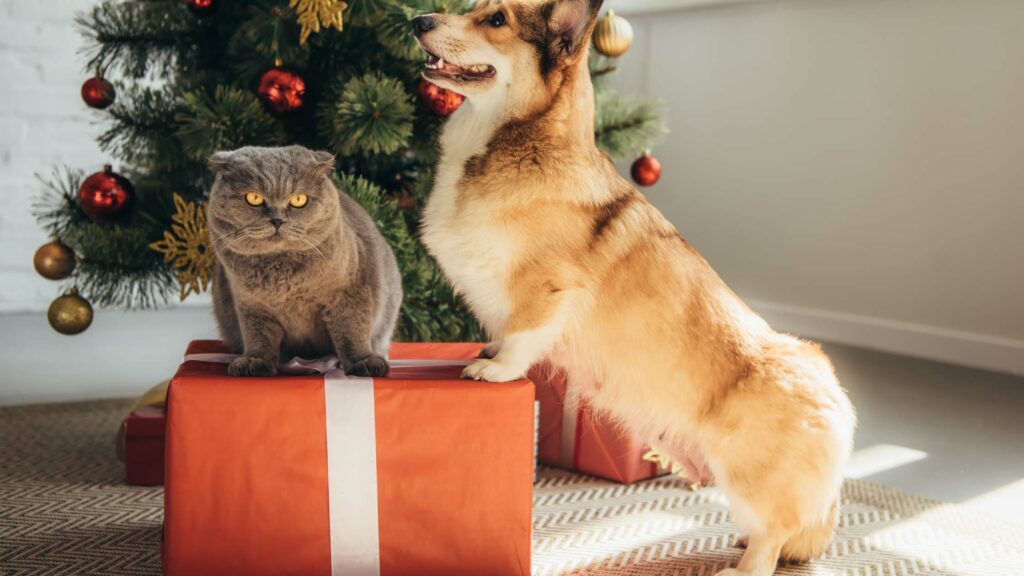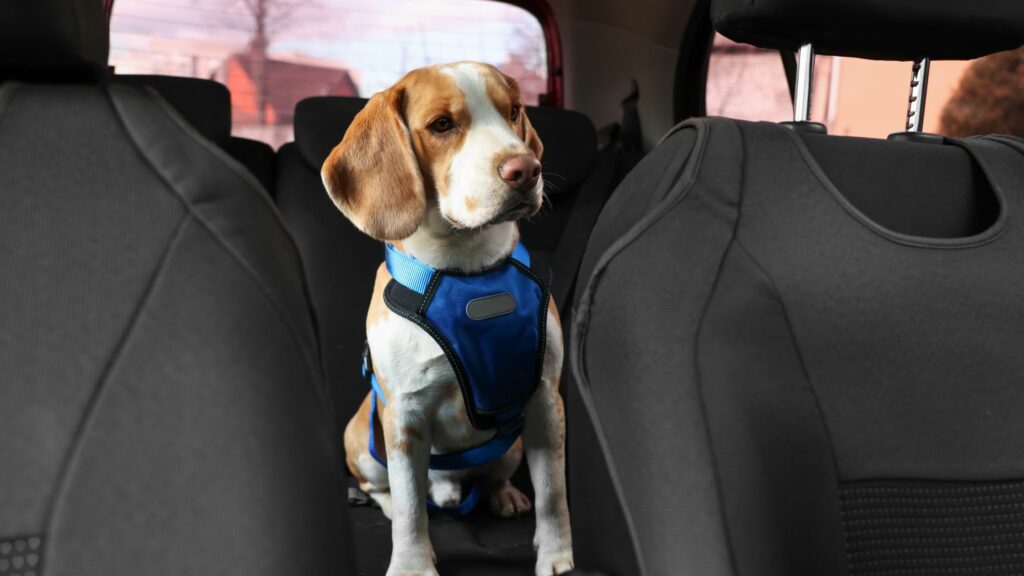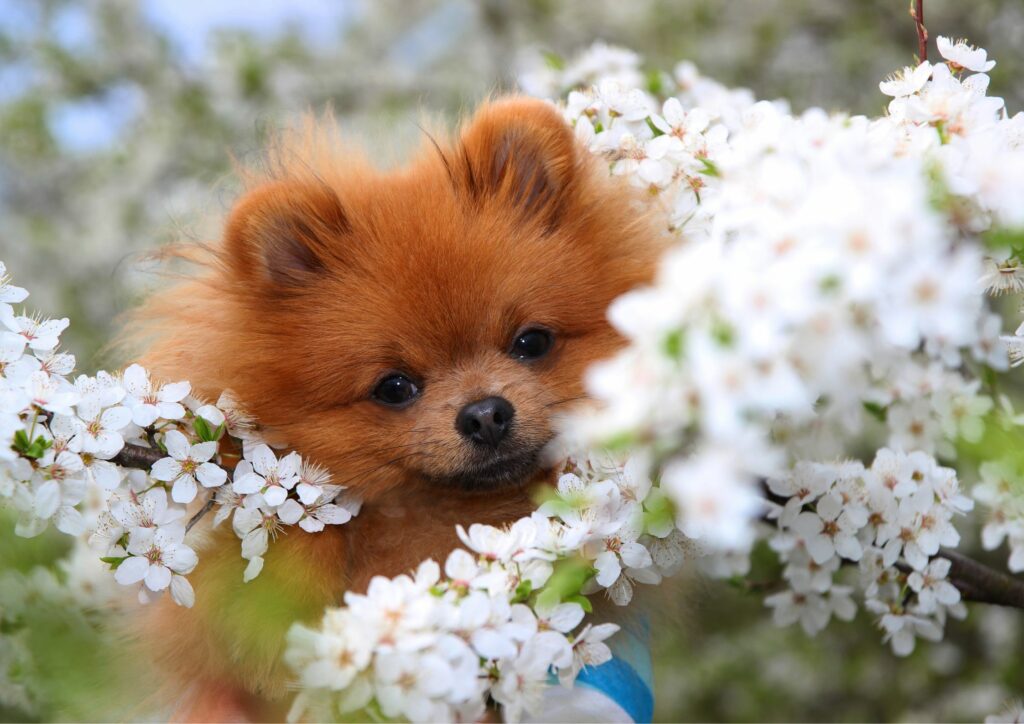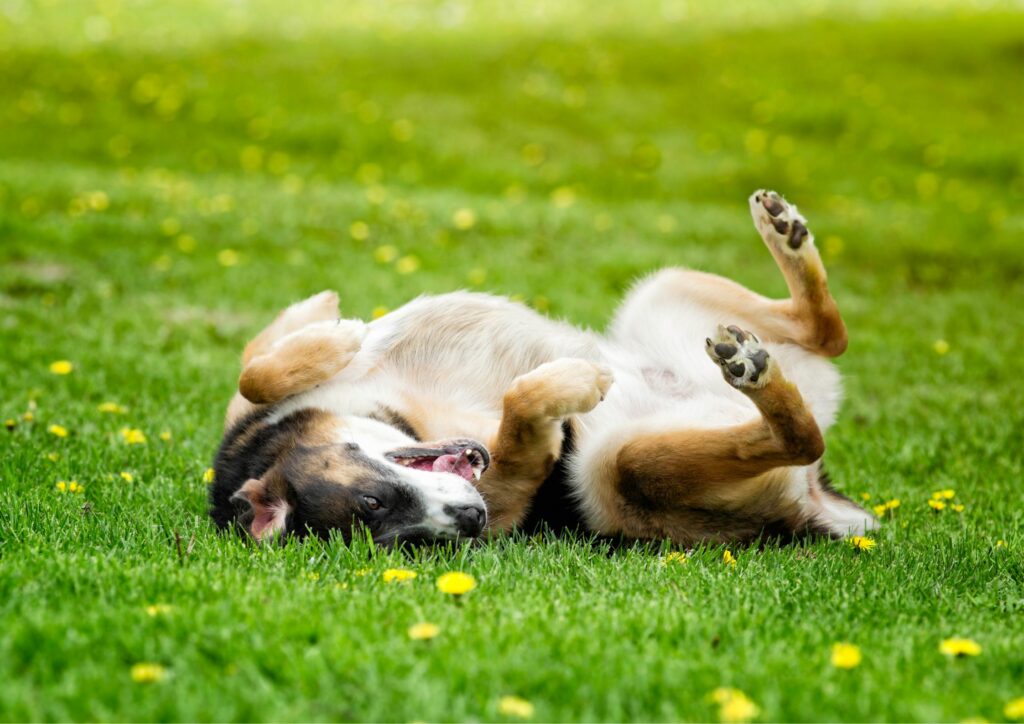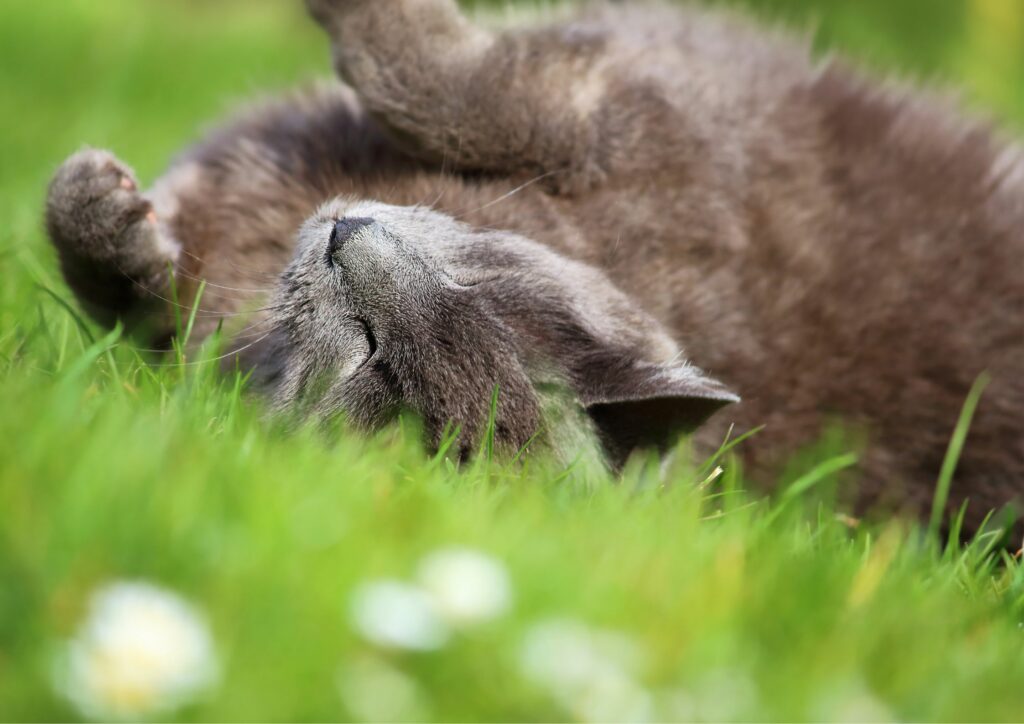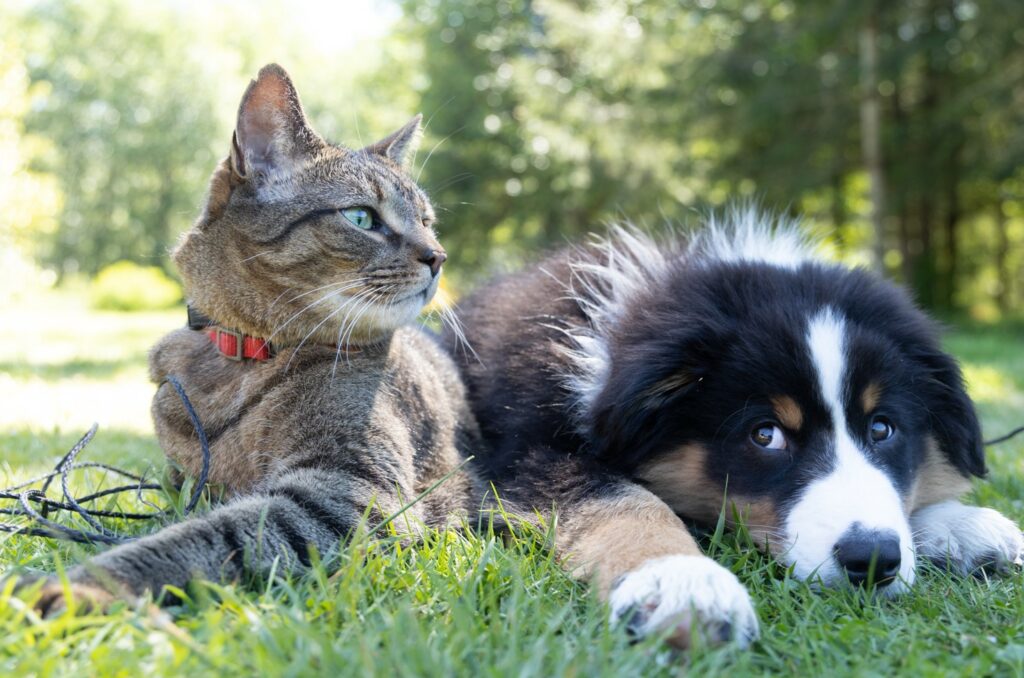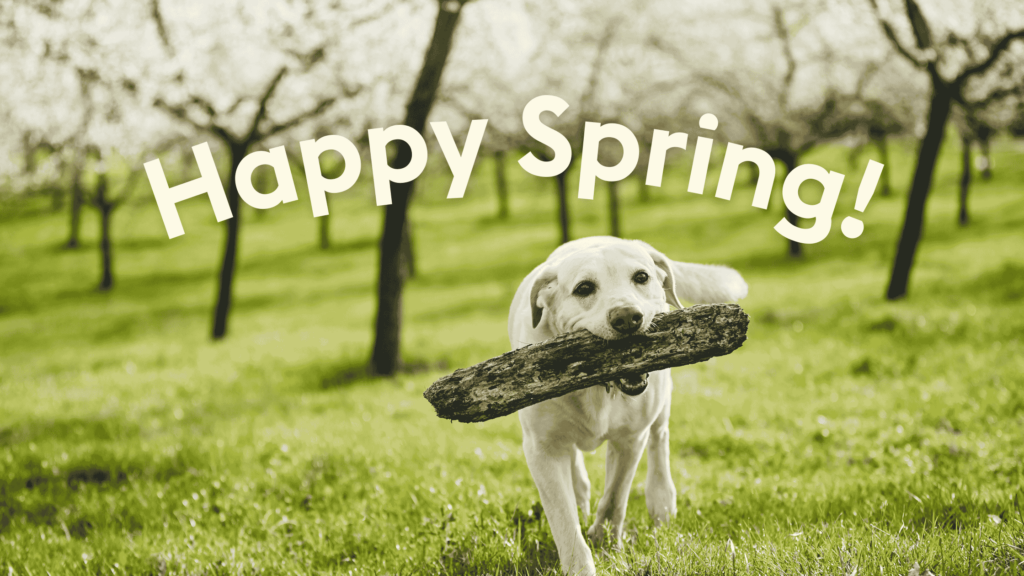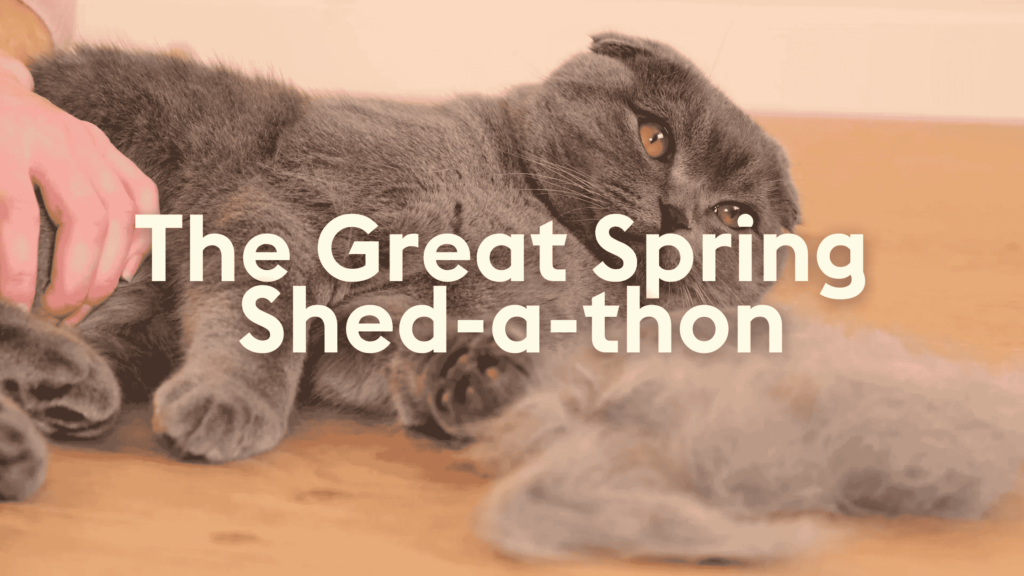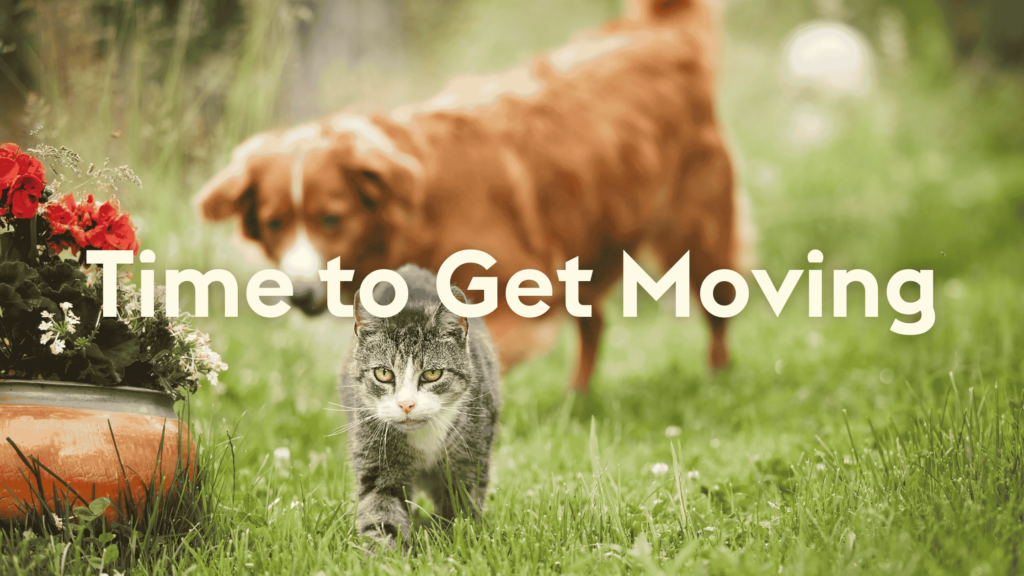
We crunched the data. Your pets stole the show.
You’ve been busy scooping litter, cleaning pawprints off the sofa and hiding the Christmas biscuits. Behind the scenes, VetBox has been quietly tracking your pet’s parasite protection and pulling together some top-tier stats along the way.
From popular names to breed trends and pet-packed cities, here’s what made 2025 pawsitively unforgettable.
🐶 Most Popular Dog Names
Let’s be honest – the dog park has been 80% Lunas and Buddy’s for a while now.
- Luna – 237
- Bella – 226
- Milo – 210
- Teddy – 193
- Buddy – 167
You might just see the name Luna as the most popular name in another category too.
🐱 Most Popular Cat Names
Sweet, sassy and slightly suspicious – the top cat names came with vibes this year.
- Luna – 60 (Deja-vu?)
- Milo – 47
- Oreo – 26
- Gizmo – 22
- Nala – 22
Luna once again claims the crown (clearly a fan of moonlight naps). Oreo and Gizmo are giving mischief, while Nala brings the royal energy we expect from felines.
🐕 Most Popular Dog Breeds
We know VetBox pups come in all shapes and sizes, but these five breeds were top dogs.
- Labrador Retriever – 1,167
- English Cocker Spaniel – 849
- Cockapoo – 817
- French Bulldog – 701
- Dachshund – 602
Labs remain the nation’s sweetheart – equal parts loyal, energetic and likely to eat your socks.
🐈 Most Popular Cat Breeds
All cats think they’re one-of-a-kind, but turns out some breeds were extra common in 2025.
- Domestic Short Hair – 646
- British Shorthair – 576
- Moggy – 398
- Mixed Domestic Short Hair – 295
- Mixed British Shorthair – 221
Whether posh, patchy or pure mystery, these top five ruled the roost.
📍 Most Pet-Packed Cities
Turns out the UK’s real population is four-legged.
Top Dog Cities:
- London – 655
- Manchester – 330
- Glasgow – 315
- Liverpool – 248
- Bristol – 240
Top Cat Cities:
- London – 238
- Manchester – 130
- Birmingham – 107
- Bristol – 95
- Nottingham – 90
From London’s to Bristol, our subscribers proved one thing: the UK loves its pets (and apparently, really loves naming them Luna).
🎁 And That’s a Wrap
From all of us at VetBox — thanks for letting us be part of your 2025.
We’ll be back next year with more protection, more treats, and probably more Lunas. Until then, give your pets a belly scratch from us.
